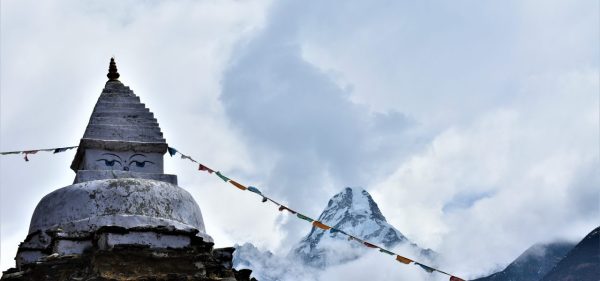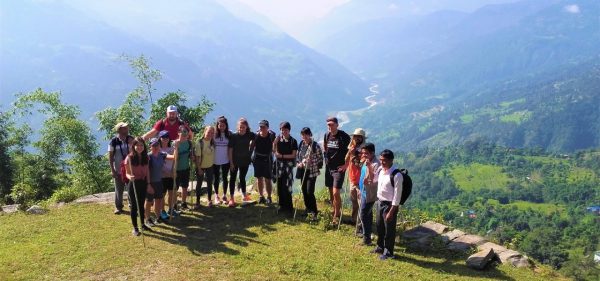Trip Facts
Trip Overview
“Ama Dablam Base Camp is one of the best options for a shorter trek to get to know some essence and nature of the Sagarmatha National Park.”
The title of the peak ‘Ama Dablam’ has a distinct meaning. “Ama “means mother and “Dablam” means a piece of traditional necklace worn by Sherpa women on her neck. It seems like a mother’s arm shielding her child on each side. Due to its high ridges and steep faces, Ama Dablam is stated as the “Matterhorn of the Himalayas.
Ama Dablam Base Camp Trek is a unique trail leading us to one of the third most popular base camps, the Mt. Ama Dablam Base Camp (4,600 m). The trail integrates colorful flora and fauna along with the massive Himalayas. In addition, Ama Dablam’s trekking routes are less crowded compared to other routes to reach the Everest Base Camp and other destinations in the Everest region. Apart from mountains and sceneries, this trek takes you into the heart of Sherpa land. This beautiful trek let you explore the rich local traditions of the Sherpas. Not only that, you get to try out the regional cuisine that helps to discover new tastes, flavors, and textures.
In addition, Mani Rimdu festival is one of the major highlights of this trek. This traditional festival ceremony celebrates in the monasteries i.e. Tengboche, Chiwang, and Thame. The festival takes place in autumn between mid-October and mid-November months. According to the Tibetan calendar, it falls on the tenth Lunar month. The monks and the Lamas wear colorful dresses with elaborate masks while performing dances at the festival.
If you have limited time but want the ultimate experience, then this trek is worthwhile. Whereas, this trek is moderate and ideal for families, school groups, or individuals to explore the Everest region. Furthermore, we design the itinerary in such a way that allows trekkers the proper time to acclimatize with utmost safety.
This is a sample itinerary, and we shall customise the program as per your needs and preferences. For further information, please write to us at info@nepalsanctuarytreks.com
Note: below trekking hours, altitudes and distances are approximate, and absolutely for general ideas only.

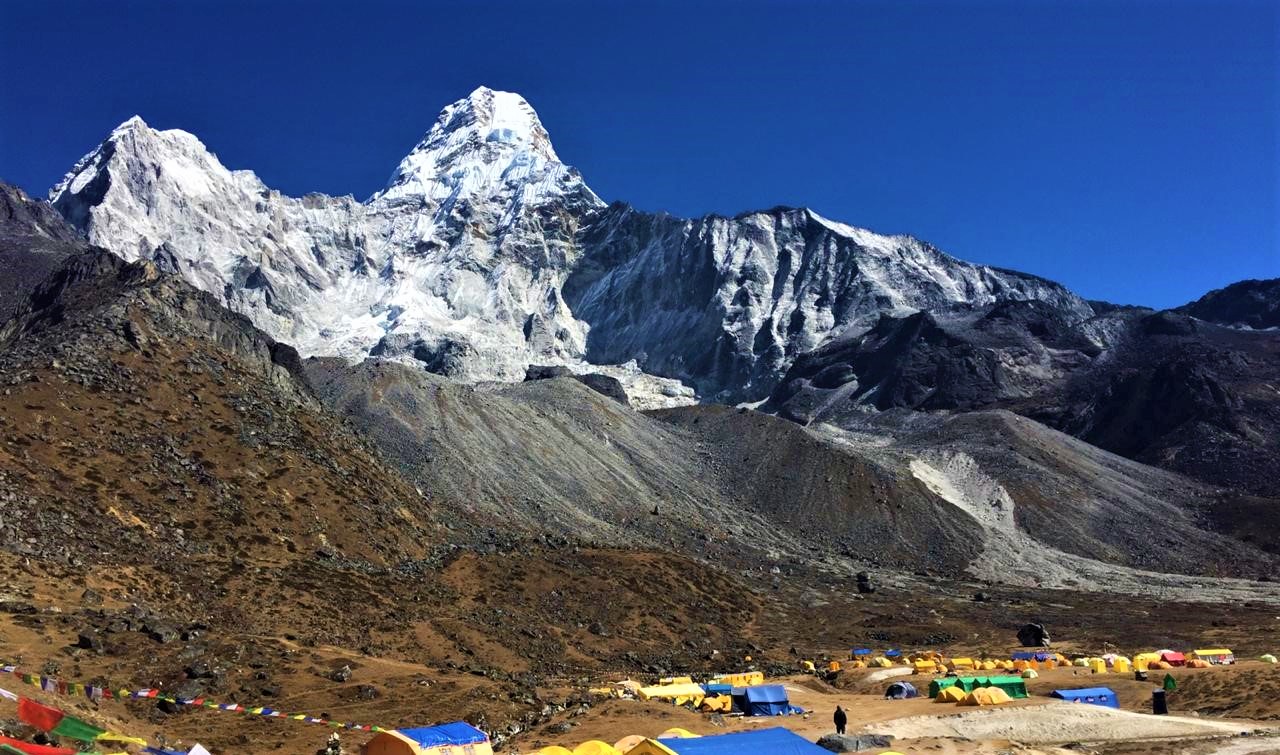

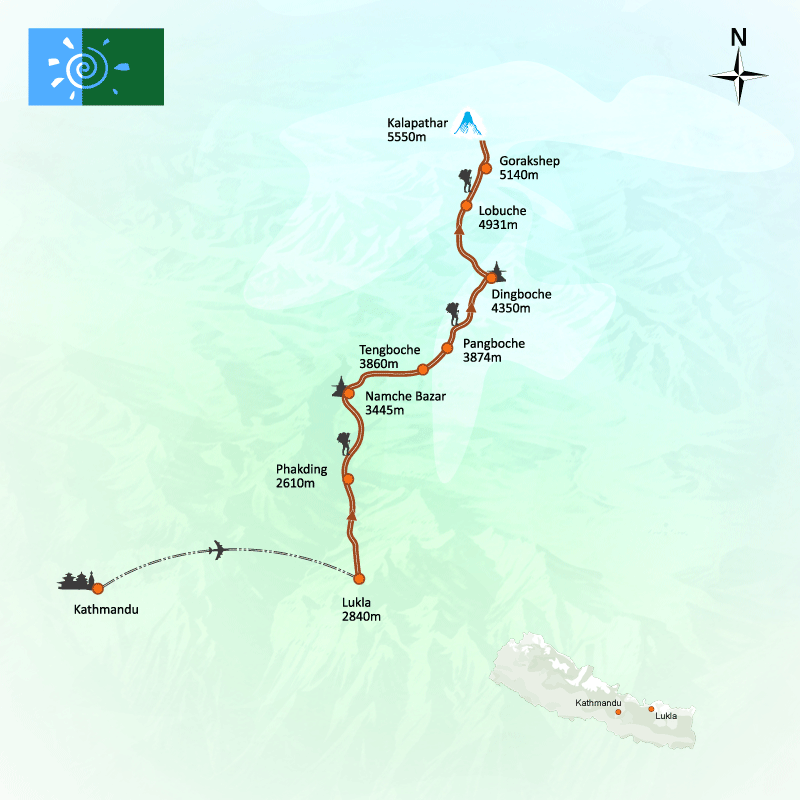
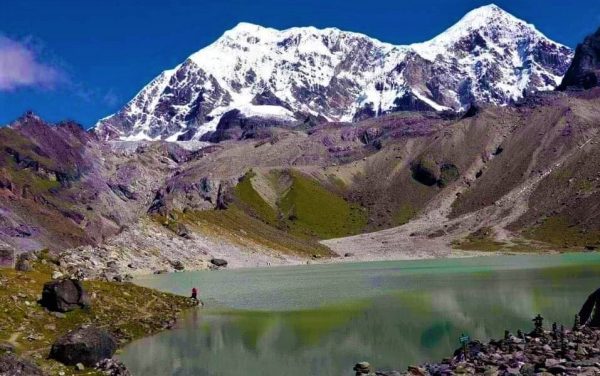
 Altitude:
4,600 m
Altitude:
4,600 m
 Difficulty:
Moderate
Difficulty:
Moderate
